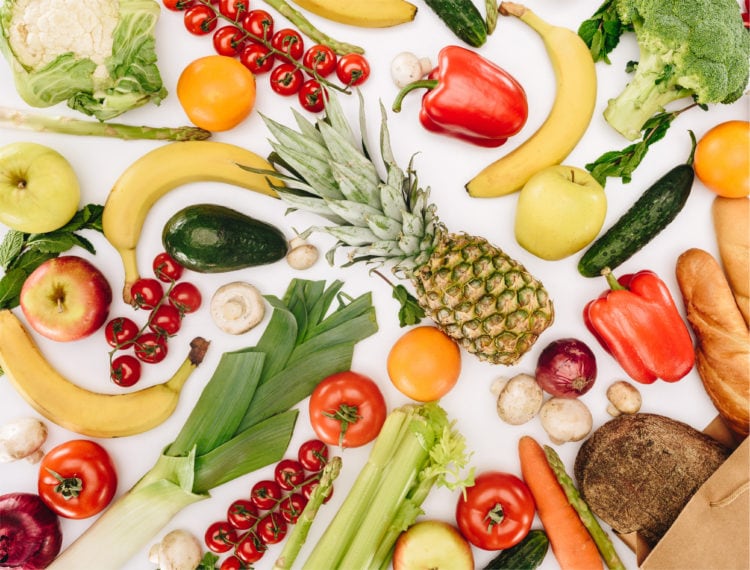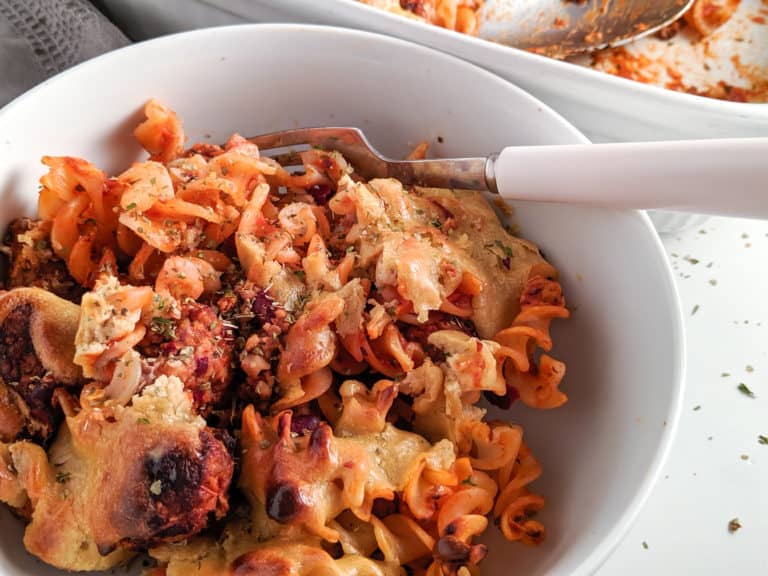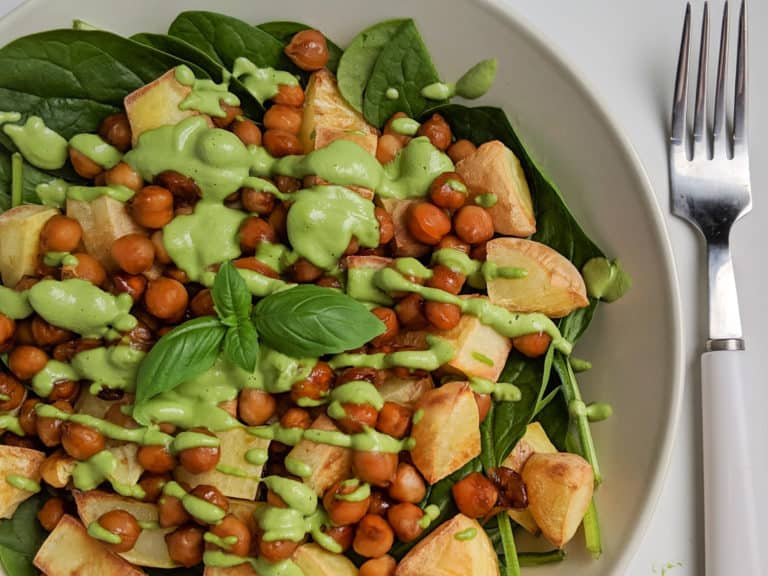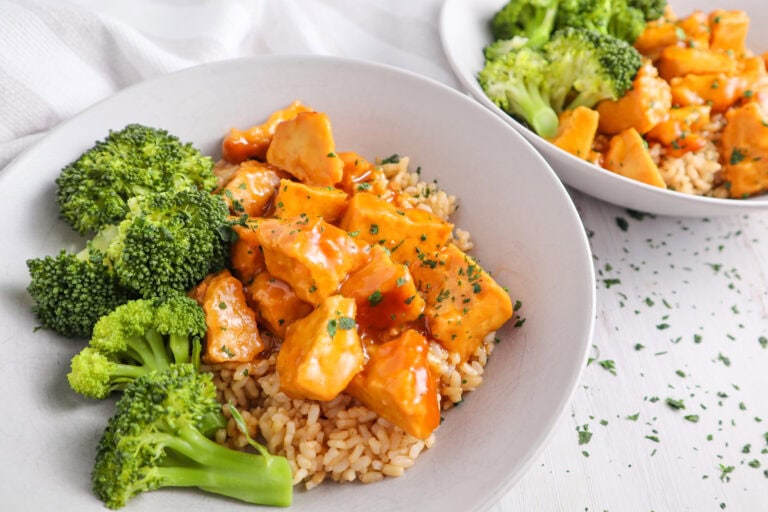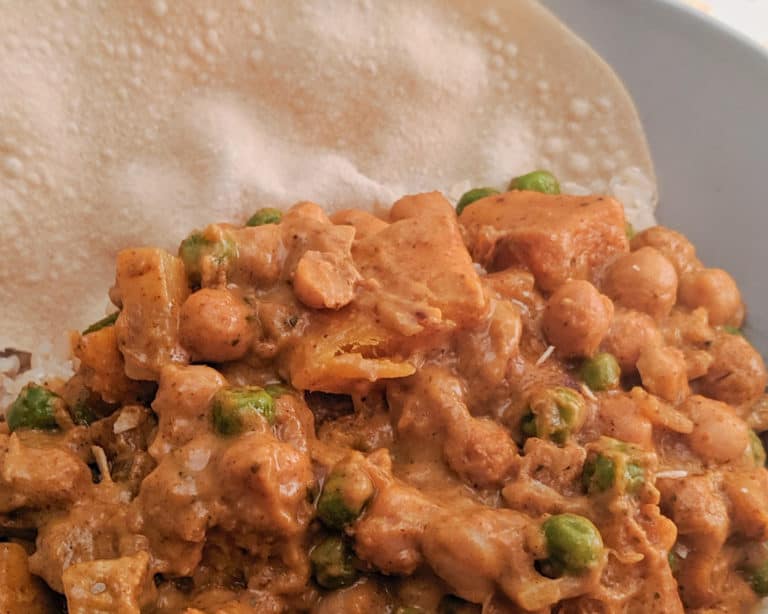My Top Vegan Budget Shopping Tips
Have you found since going vegan that your grocery bill seems to be getting higher and higher? Are you trying to eat vegan, but you’re just finding that vegan foods are just too expensive?
I recently sat down to look at our budget and was stunned to find that we were spending well over $1000 each month on food. Most months it was closer to $2000… I couldn’t believe it. There was no way we could afford that kind of spending on a single income! And especially on food of all things.
Something had to change. So started by doing some research on tips to reduce our grocery bill.
Trouble was, the majority of tips that I found involved using dry beans, making nut milks from scratch and using veggie scraps to make my own stocks. These are all great tips, but as a busy mum of two, I just didn’t have time to be making everything from scratch.
Seriously, there had to be another way.
And you know what? There is! It is possible to feed your family healthy, easy meals on a budget. In fact, with the tips below, I can now feed my family of four, for under $100 a week. Don’t believe me? You can find my exact meal plans in my Vegan Budget Meal Plan Ebook.
To help you with your budget planning, I’ve put together my top budget tips below.
1. Start with What You Already Have
One of the most important budgeting tools is a meal plan. But there is one important step to take before you write a meal plan. Before you start, you need to take a look at what you already have in the fridge, freezer and cupboard. Then, you can use these ingredients as a base for the recipes in your meal plan for the week. You’ll have less food waste, and your grocery bill will be cheaper because you don’t have to buy as much. Win win!
Tip: If you’re stuck for recipe ideas for a particular ingredient, you can use the search bar on my site. Otherwise, simply google for “vegan recipes + the ingredient” to get some ideas.
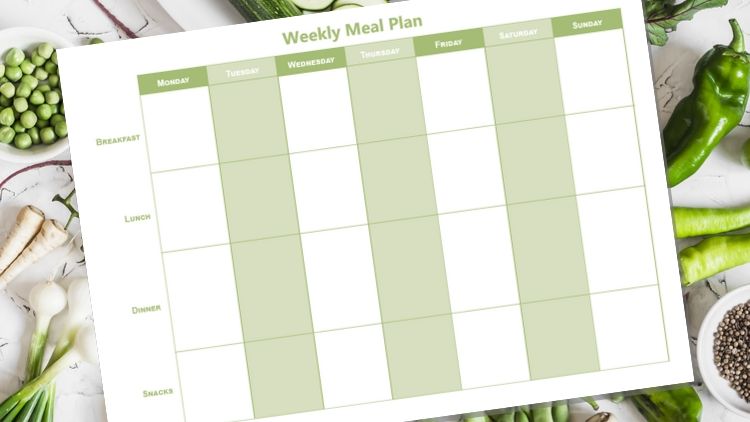
2. Meal Plan
Make a plan and write it out for the week. You can find a Meal Plan t template in the Vegan Eating on a Budget Guide download below. When writing out your plan, make sure you take into consideration any nights that you won’t have much time for cooking. There’s no point planning a 3 hour gourmet meal when you’ve got kids sports until 6pm! Meal planning means that you can work out what you’re going to make ahead of time, and then you can buy only the ingredients that you need for the week, so there’s less waste.
3. Substitute and Simplify
Take a look at the meals that you have planned, and see if you can substitute items to make them cheaper. You can easily swap pasta, rice, noodles and even potato in recipes depending on what you have. Fresh fruit and veggies can be a big cost in your grocery trip, especially if you’re buying them out of season. Try to base your cooking around produce that’s in season because it’s cheaper and tastes better. I’ve included a substitution guide in the Vegan Budget Meal Plan with a list of fruit and vegetables that substitute well.
Tip: If you’re unsure about which fruits and vegetables are in season, just go by what’s on special. If it’s on special, chances are it’s in season!
Also look at the ingredients that you’re planning on using. Are there any that are only being used for one recipe? If they’re perishable and won’t be used for anything else, consider substituting something else, or try a different recipe.
Some recipes are overly complicated, and the multitude of ingredients will end up costing quite a lot. If they have heaps of herbs or spices, you could probably just buy a simple blend instead. If there are plenty of sauce ingredients, you could look at buying a simple premade sauce instead. If there are a lot of vegetables listed, try just picking 2 or 3 that you know aren’t too expensive, and make it with just those.
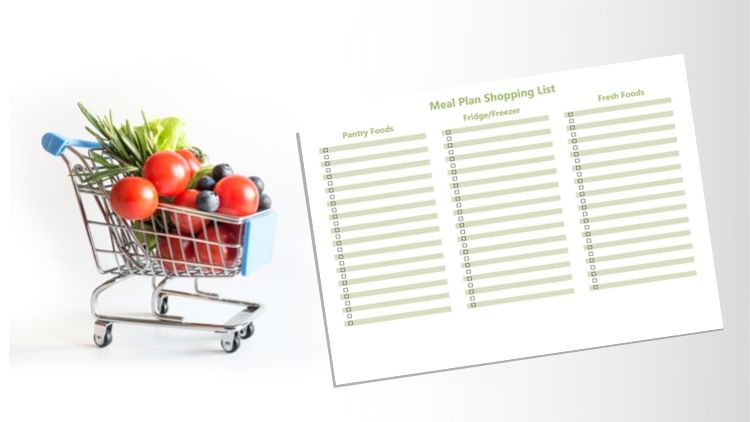
4. Write a Shopping List (and stick to it!)
A shopping list is a great way to make sure you only buy what you need, and nothing else. I try to group my groceries into different sections in the store, such as fresh foods, frozen, pantry and refrigerator so that I’m not going back and forth to find things.
5. Check Out Specials
Before you go shopping, check out catalogues for the supermarkets around you, or look up specials online. You can take note of which ingredients are on sale at each supermarket before you shop. It takes a bit more effort to go to multiple shops, but it can definitely save you money if there are big specials on.
6. Shop Smart
Try to learn the layout of your supermarket so that you know exactly where the things are that you need to buy. Supermarkets are set up to make it as enticing as possible to buy extra things. If you can go directly to where each thing from you list is, then it makes it easier to ignore the promotions and specials that are everywhere.
If you can (and I know this one is not always possible for families), try to go shopping without your kids. It’s so much easier to stick to your budget without your kids demanding the latest shiny toy every five steps.
Also, don’t shop when you’re hungry. Trust me, you’ll come out with half the store (yes, I know this from experience).
7. Try Online Shopping
Online shopping can be really handy for sticking to a budget because you aren’t distracted by the instore promotions and specials. It also allows you to sort items by price or unit price to find the cheapest option, and you have a running tally of your groceries so you know if you’ve gone over budget (plus you don’t have the embarrassment of having to tell the cashier you can’t afford it all).
There are, however, some issues. Online shopping normally comes with a delivery fee, which can make it hard to justify shopping around for specials at other supermarkets. There can also be issues with substitutions – I have heard many stories of vegans having normal mince substituted for vegan mince. I try to avoid this by making sure that I turn off substitutions.
8. You Don’t Need Expensive Vegan Substitutions
If you follow a plant based or vegan diet, don’t be distracted by all of the processed meat and dairy alternatives. With some vegan patties at $6 each, it’s pretty clear why eating vegan gets a reputation for being expensive!
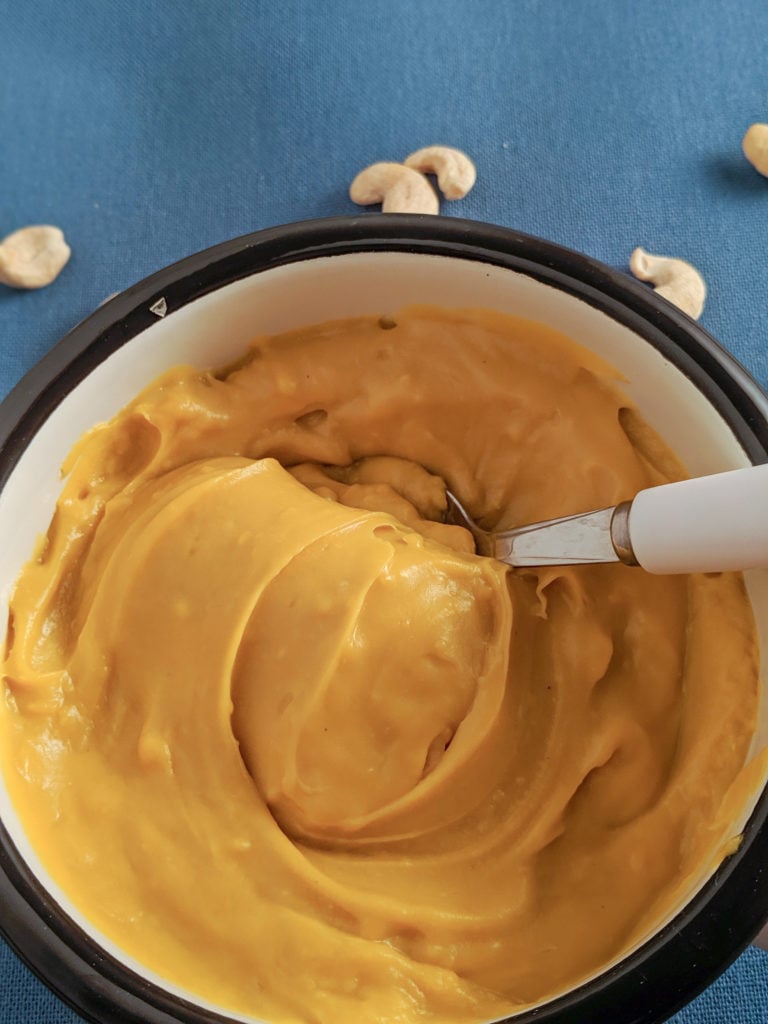
You really don’t need expensive alternatives to go vegan, and cheaper, natural products are much healthier!
Cheese – there are an abundance of vegan cheese alternatives online. My go to is the Instant Cashew Cheese on my site, or the Budget Cheese Sauce in my Budget Recipe Ebook.
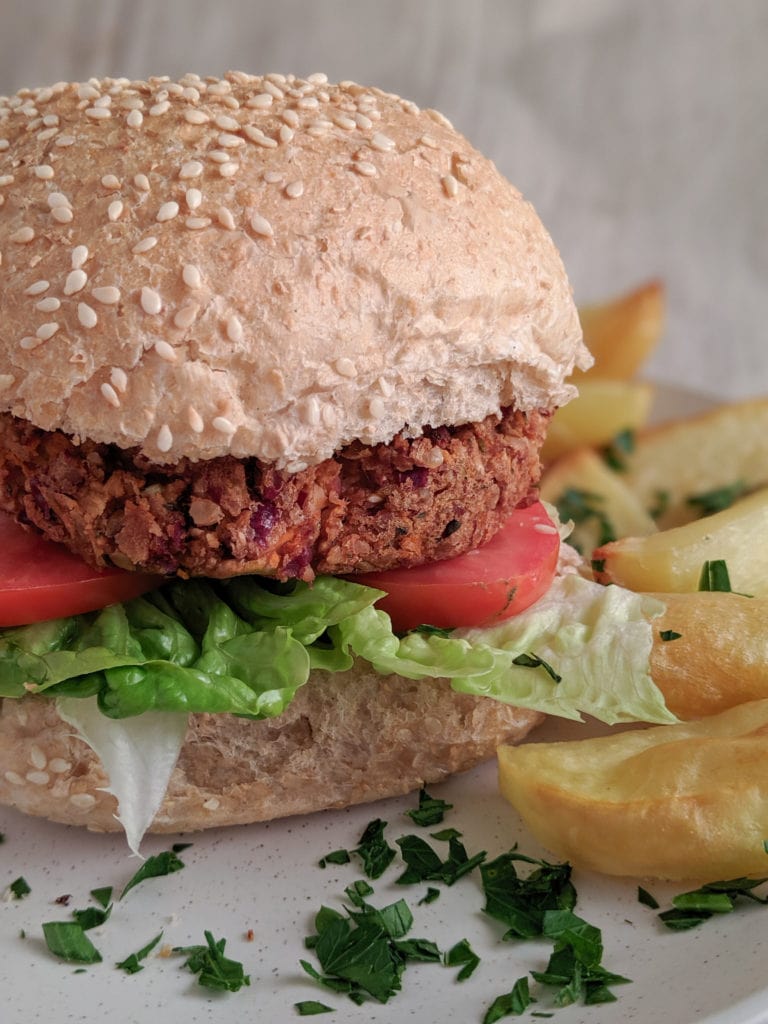
Mince – You can make vegan mince from lentils, tofu crumbles, TPV, even cauliflower and walnuts! My Lentil Bolognese recipe is a great example of a simple way to use lentils in place of mince. If you’re looking for a meaty burger patty option, then check out my Vegan Burger Patties or even the meatballs in my Vegan Sausage Pasta Bake.
Chicken – You can use chickpeas or cannellini beans with some vegan chicken stock in stews, casseroles or pies. Tofu or seitan work well as chicken substitutes when you need something with more structure, like in a stir fry.
Final tips
And for my final tips….
- Buy fruit and veg that’s in season.
- Use dried herbs and spices.
- Reuse your recipes – if you make a curry or stew for dinner, try it over baked potato or in a toastie for lunch the next day.
- Use similar ingredients – if you can use the same ingredient in multiple recipes, you can normally save by buying it in bulk.
- Don’t buy too much of something if you’re not going to use it – if it’s a perishable item, there’s no point in buying it in bulk if you aren’t actually going to be able to use it all in time.
So I hope you find these tips as useful, and they help you save as much as I did on your grocery bill! If you’re after more tips, recipes and meal plans, check out my Vegan Budget Meal Plan eBook!

